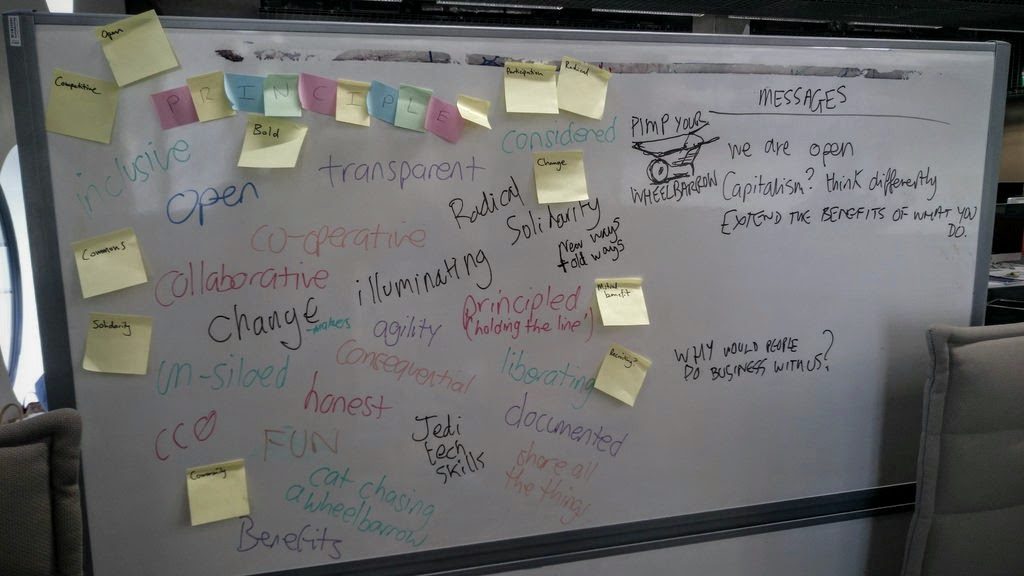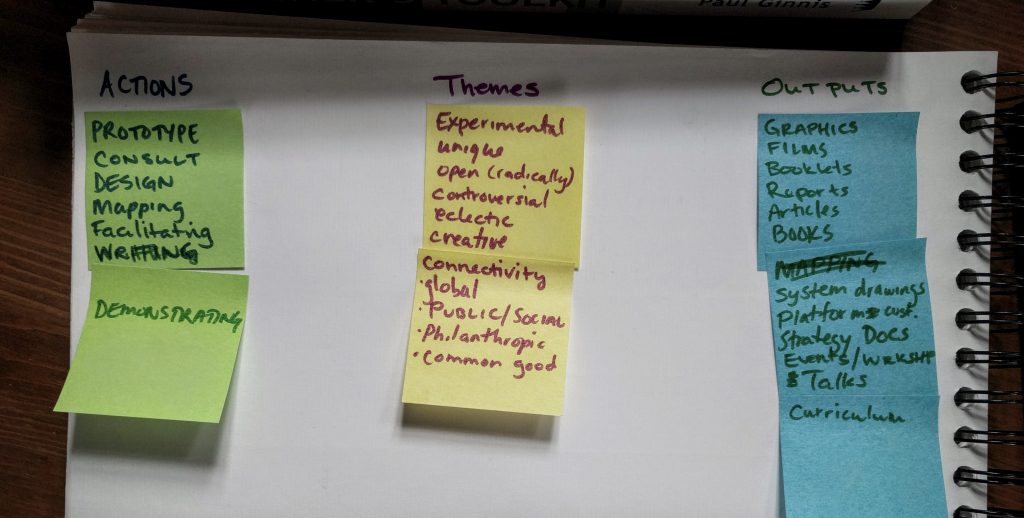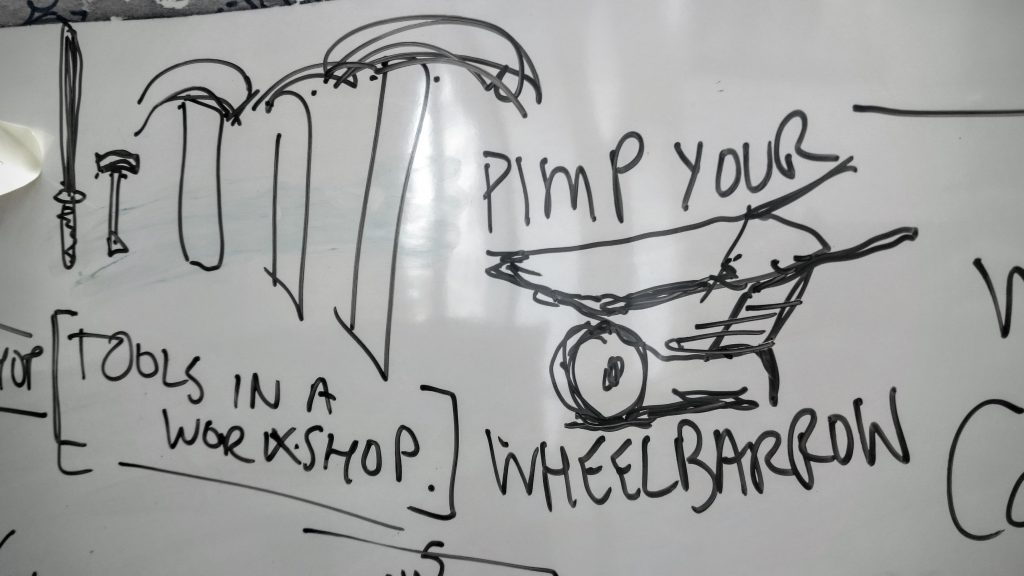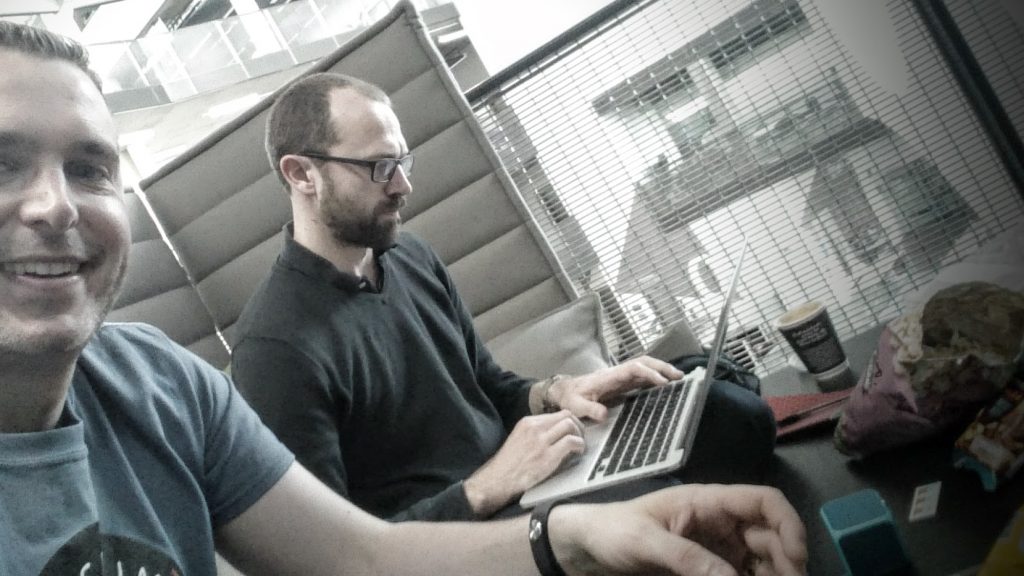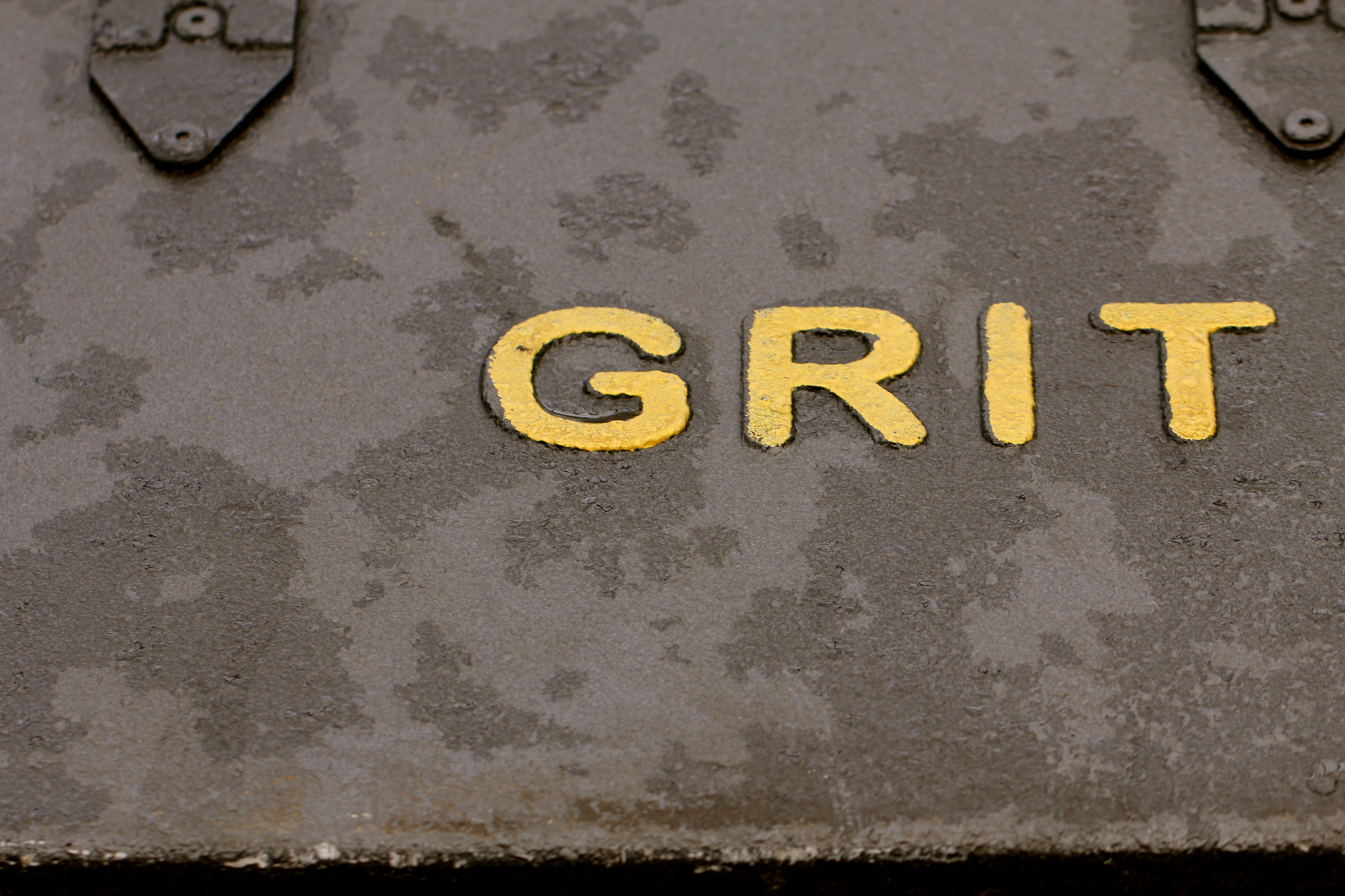Weeknote 21/2016
This week I’ve been:
- Sending out Issue #216 of Doug Belshaw’s Thought Shrapnel, my weekly newsletter loosely focused on education, technology, and productivity. Many thanks to 9Sharp for sponsoring this week’s issue!
- Recording and releasing Episode 52 (‘Metaphorical Grit’) of the Today In Digital Education podcast, my weekly podcast with co-host Dai Barnes. We discussed the future of work, creativity and schooling, ‘grit’, the pace of change in organisations, documents as the new email, being ‘yourself’ on social media, and more! You can discuss TIDE in our Slack channel.
- Spending another four days in London. This week it was three days for City & Guilds, mainly around plans for the Festival of Skills, as well as a planning day for weareopen.coop.
- Going out for dinner with my Dad who stayed over in London with me as he was going to watch the golf at Wentworth. We ate at Foxlow, Clerkenwell which, as ever, comes highly recommended!
- Staying over at Bryan Mathers‘ house and (re-)recording a voiceover for a City & Guilds video around Open Badges. We also had a very productive session on all kinds of stuff in a Starbucks in London (where he drew the ‘squawk!’ image that accompanies this post)
- Catching up with Thomas Steele-Maley about his plans as Director of Technology and Innovation for GEMS Nations Academy, Dubai (opening in September).
- Planning and plotting with Laura, John, and Bryan (weareopen.coop). We managed to get through quite a lot in the space of just over four hours, even with Laura as a remote participant. I wrote up what we discussed here.
- Suffering from a cold and a migraine today (Friday). I’m fine, but it’s not a great preparation for the England match tonight, or for a couple of nights under the stars…
- Writing:
- Do only yogurt-knitting vegans start co-operatives? (May 26th)
- The problem with ‘grit’ (24th May)
- Beyond ‘low-hanging fruit’: why I’m no longer an Open Badges evangelist (23rd May)
- Badging for Student Motivation (23rd May)
- Identity, the home, and minimalism (23rd May)
Next week: I’m volunteering from tomorrow at Marra Camp with my son’s Cub Scouts pack for the Bank Holiday weekend. The rest of my family will then be in Devon for half-term at the inlaws’ while I split my time between London, Cambridge, and home.



